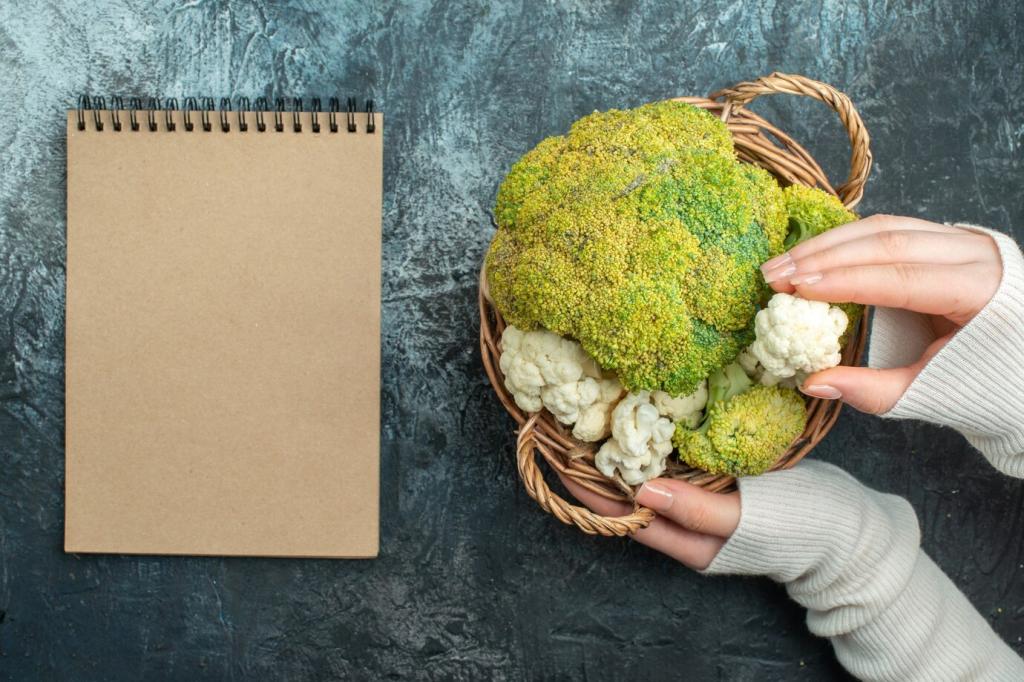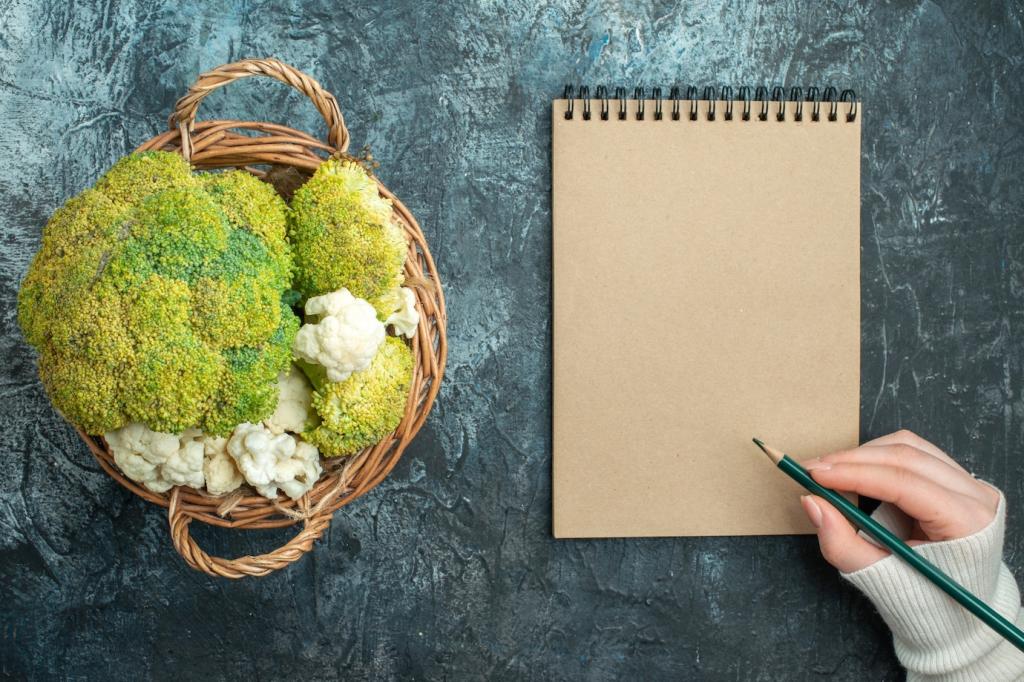Organic Cleaners for Wooden Furniture: Gentle Power for Lasting Beauty
Chosen theme: Organic Cleaners for Wooden Furniture. Welcome to a warm corner of the home where grain patterns whisper stories and gentle, plant-based cleaners help those stories shine. Settle in, learn, and share your favorite eco-friendly wood care rituals with us.

Why Organic Cleaners Honor Your Wood’s Natural Character
01
Wood Is Living History
Every plank carries pores, fibers, and finishes that respond differently to moisture and solvents. Organic cleaners respect those subtleties, nourishing rather than stripping, so your oak, maple, or walnut keeps its depth, warmth, and distinctive story across decades.
02
Harsh Chemicals Leave Hidden Costs
Strong synthetic cleaners can etch finishes, dry out fibers, and leave films that dull light. By choosing organic alternatives, you avoid brittle surfaces, reduce off-gassing, and keep the glow you love without trading beauty for speed or convenience.
03
Healthier Air, Happier Spaces
Plant-based formulas typically reduce volatile compounds that irritate lungs and sensitive noses. Your living room smells like wood and a hint of citrus, not a lab. Tell us how your home’s air feels after switching—your feedback guides future recipes.
Distilled White Vinegar, Properly Diluted
A gentle acid that lifts fingerprints and light grime when toned down with water. Used sparingly on sealed finishes, it refreshes without bite. Always test a discreet spot first, and share your preferred dilution ratio with our community.
Plant Oils and Natural Waxes
Fractionated coconut oil, jojoba, and beeswax offer light conditioning and a mellow sheen. They nourish thirsty wood without overwhelming pores. Tell us whether you favor a silky, matte finish or a richer glow for your family heirlooms.
Tried-and-True DIY Organic Cleaner Recipes
Combine one cup distilled water, one tablespoon vinegar, and three drops castile soap in a fine mister. Lightly spritz a cloth, not the wood. Wipe with the grain, then buff dry. Comment with your favorite essential oil combo, if any.

Techniques for Different Wood Finishes
Avoid excessive water. Dust weekly with a dry microfiber, then condition monthly with a light plant oil blend. Re-wax seasonally. If you’ve restored a waxed sideboard, describe your buffing routine—our readers love practical, repeatable steps.

Safety, Sustainability, and Peace of Mind

Skip heavy fragrance, choose simple formulas, and ventilate rooms. Many readers report fewer headaches after switching. If you’re fragrance-free, tell us which combinations feel best and how your household noticed the difference over weeks.

Avoid These Common Mistakes
Using Too Much Liquid
Even organic mixes can swell wood if overused. Always mist the cloth, not the furniture, and buff dry immediately. If you learned this the hard way, tell us what saved the finish and how you now time your passes.
Abrasive Tools and Overzealous Scrubbing
Steel wool and harsh pads scratch faster than you think. Choose plush microfiber, rinse it often, and replace when worn. Have a favorite cloth brand or weave? Recommend it below so others avoid dull swirls and micro-scratches.
Over-Polishing and Residue Buildup
Too much oil or wax can attract dust. Apply sparingly, then buff thoroughly. If a surface feels tacky, cleanse with a mild soap solution and reset. Share your ideal schedule so newcomers can balance glow with cleanliness.
